HOW EFFICIENT IS THE MECHANICAL CLEANING?
Street sweepers are widely used to clean the roads from trash, dust and to avoid the growth of weed. Does this mean that after the cleaning the road is free of litter?
The monitoring of urban cleanliness, using for instance the Clean City Index, confirms that the cleanliness level after mechanical cleaning is very high. The quality of cleanliness after the work of the machines is not disputable. Nevertheless, a more detailed observation shows that if all litter is removed, this is not the case for cigarette butts. We have got used to it and no longer see the cigarette butts remaining on the road’s cracks, between paving stones, and in tree grates even after a street sweeper or manual cleaning cleans a passage.
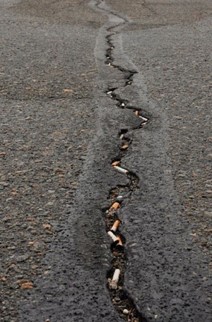
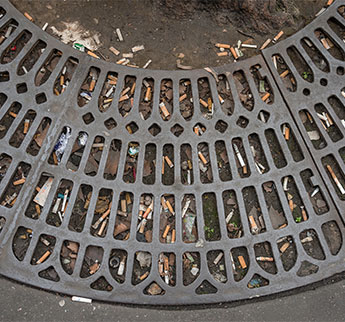
HOW MUCH LITTER LEAKS TO THE NATURAL ENVIRONMENT?
The assumption we made in our previous Clean City Lab papers5 6 is that part of the litter, which is permanently on the street, leaks to the natural environment through the city drainage system. Therefore, to monitor the amount and composition of trash leakage via drainage system of the city, Cortexia designed a mesh strainer to place at the entrance of the drains. These meshes act like a filter, trapping the trash before it enters the urban water collection system.
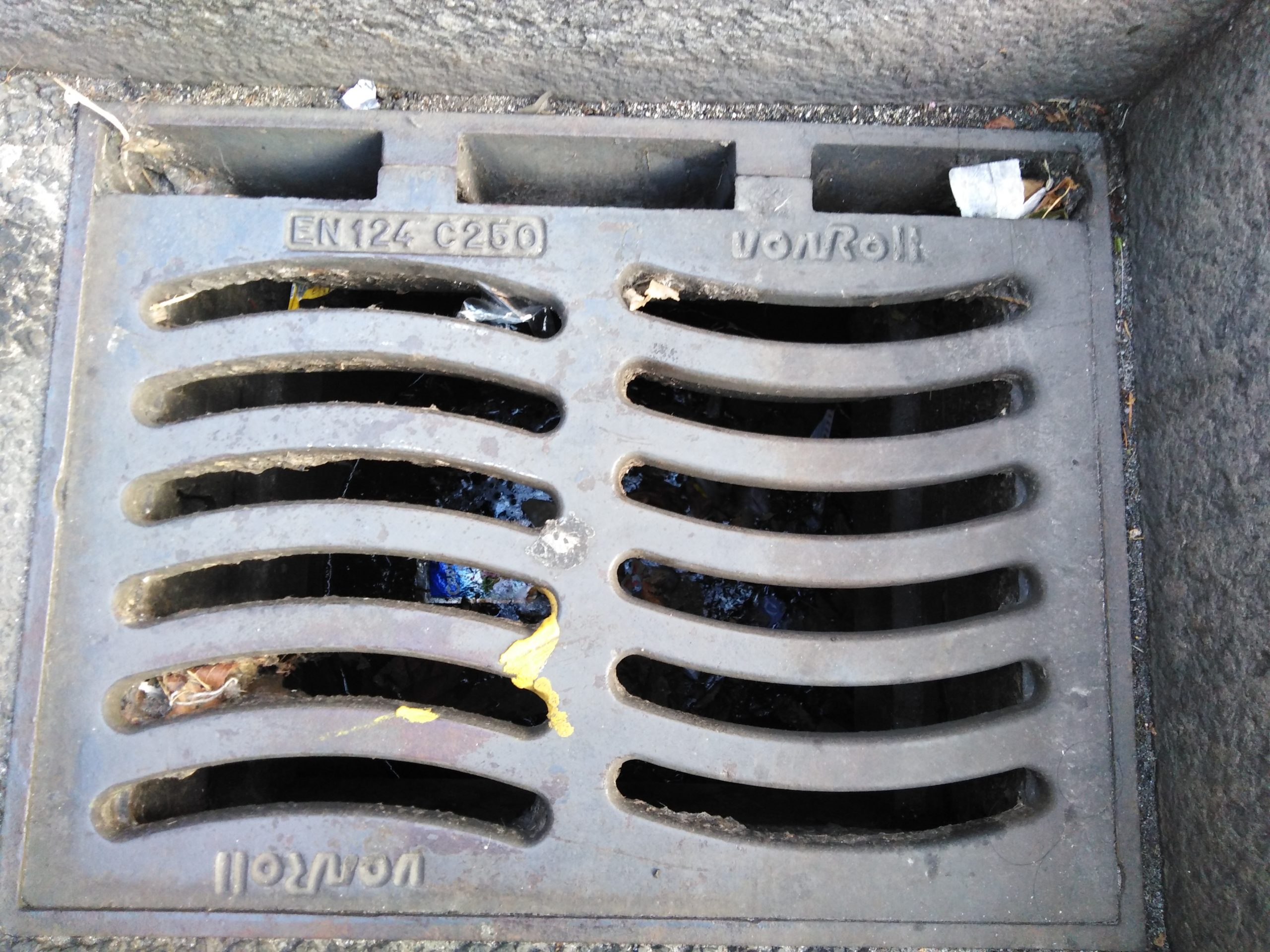
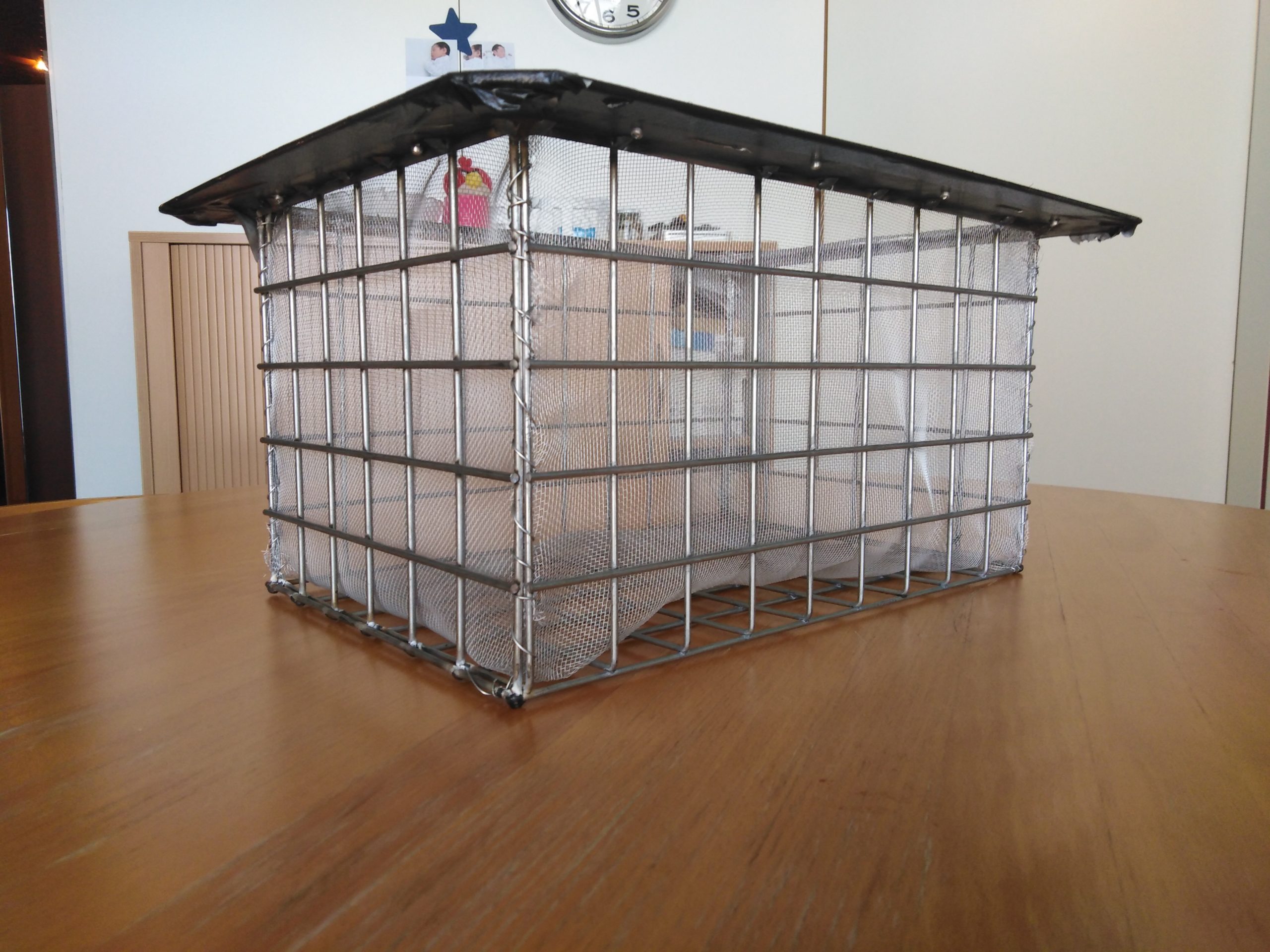
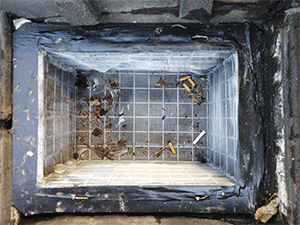
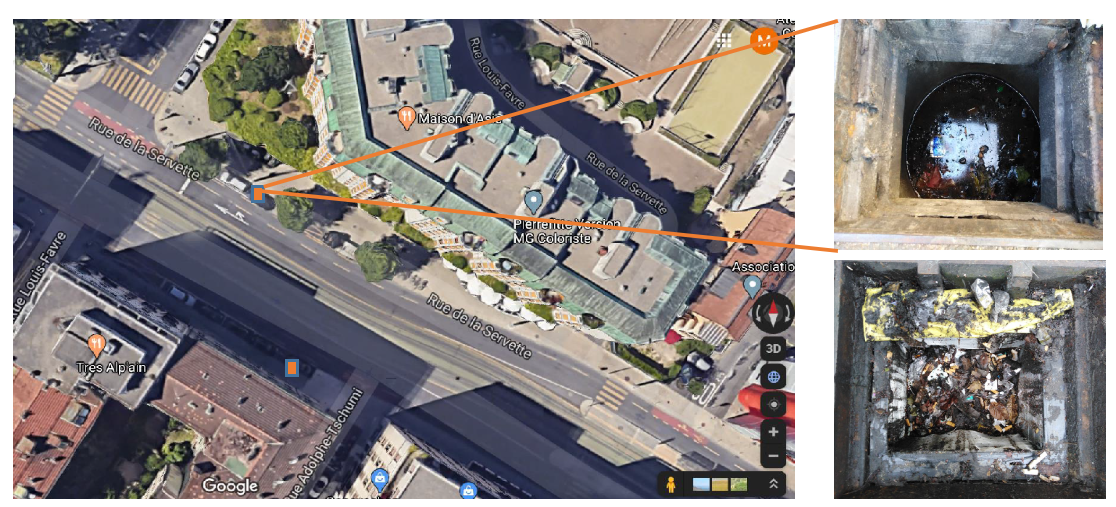
General overview of a street and location of the 2 monitored drain’s entrances- the left side of the street is in line with commercial shops.
Entrance to the city’s storm water
of the designed mesh filter
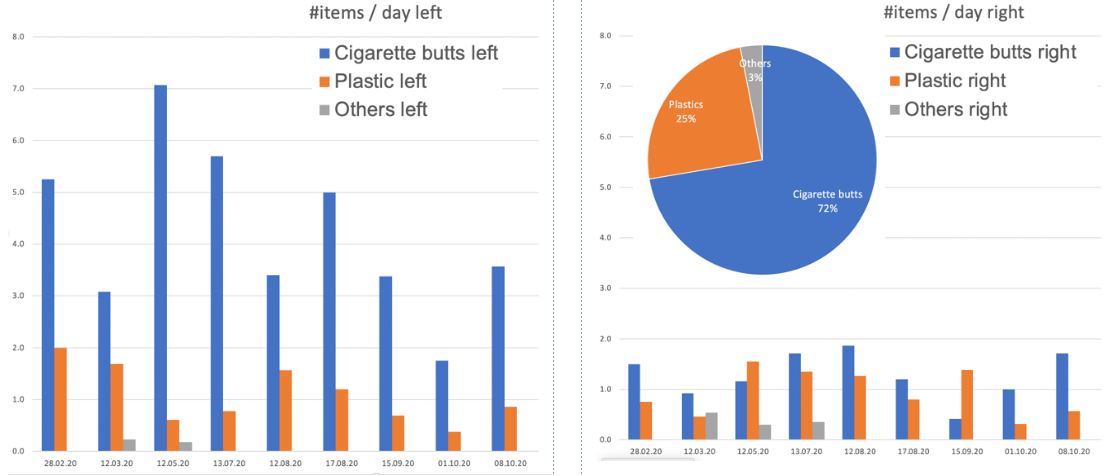
Number of litter per day collected in the left and right drainage systems.
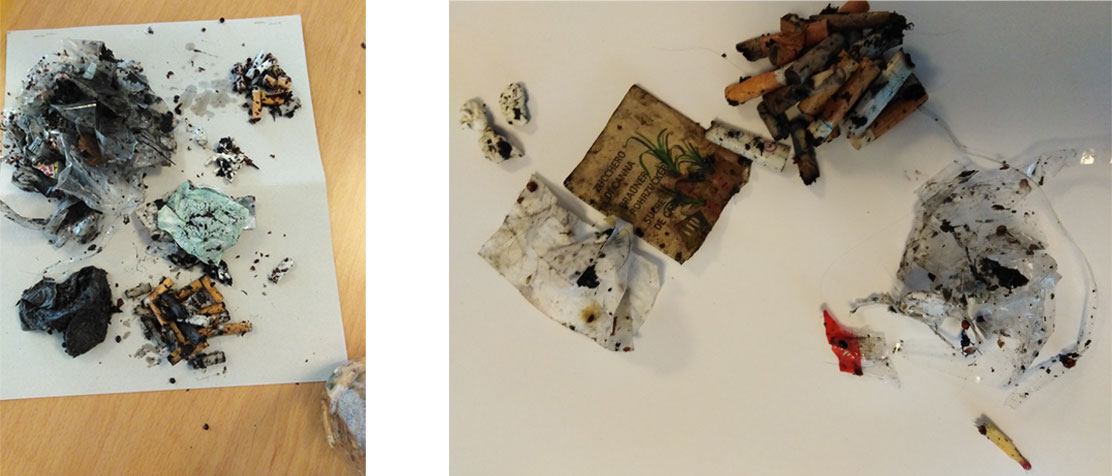
Cigarette butts and packaging plastics are the most frequently collected litters by the mesh filters!
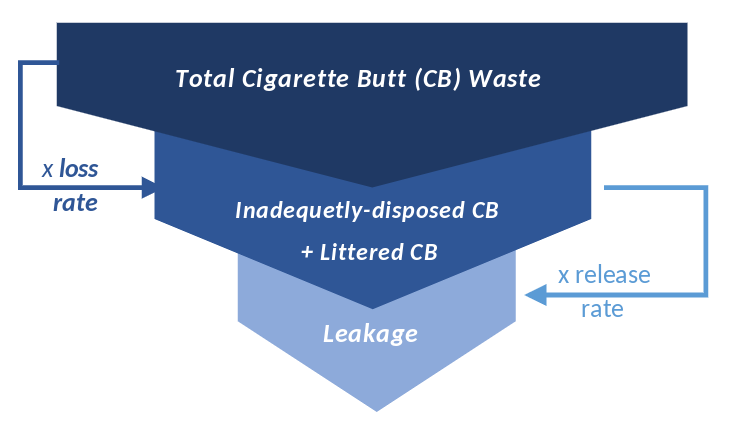
TOWARDS MORE SUSTAINABLE AND CLEANER CITIES
The simulation models are very powerful tools to make anti-littering campaigns around the world more efficient by targeting main root causes and hotspots. A brand new platform called PLASTEAX provides a good database on plastic waste management and a great opportunity to model plastic leakage across a value chain 8. Among many different types of plastic, cigarette butts are the most encountered litter in nearshore areas and L. Pourchier has recently developed a global model to simulate the input of cigarette butts into the oceans 2.
- By equipping the stormwater drains with filters, we have indeed confirmed that street litter is carried to the natural watercourses. Cigarette butts (almost 75 %) and packaging plastics (25%) are the most frequently litter taking this path. 2% of the cigarette butts present on the streets will end in the city drainage system.
- A clean city will release less waste into the natural environment.Therefore, the cleanliness of a city contributes not only to the well-being of its inhabitants, but also to its ecological footprint streets.5 This reinforces the importance of efficient urban cleaning.
- The amount of litter that is released into the environment ultimately depends on the amount of litter permanently present on the road. Between two sweepings, it depends on the behavior of users. According to the old adage “Prevention is better than cure”, measures that reduce littering, such as those described in our previous article streets 6 are the most effective for a sustainable city.
2 . Pourchier, Lionnel. Fate of cigarette butts in marine environments. 2020. Master thesis
3 The marine plastic footprint. Boucher, J., Billard, G., Simeone, E. and Sousa, J. Gland, Switzerland : s.n., 2020. https://doi.org/10.2305/IUCN.CH.2020.01.en
4 [Online] http://avpu.fr/wp-content/uploads/2018/09/presentationreferentielproprete2017.pdf
5 WHAT IS THE IMPACT OF CLEAN CITIES ON THE ENVIRONMENT ? [Online] Cortexia, October 1, 2020.https://www.cortexia.ch/what-is-the-impact-of-clean-cities-on-the-environment/?lang=en
6 TOWARDS CITIES FREE OF CIGARETTE BUTT LITTER: LEARNINGS FROM RECENT SUCCESSES. [Online] Cortexia, March 11, 2021. https://www.cortexia.ch/towards-cities-free-of-cigarette-butt-litter-learnings-from-recent-successes/?lang=en.
7 Plastic waste inputs from land into the ocean. J. R. Jambeck, R. Geyer, C. Wilcox, T. R. Siegler, M. Perryman, A. Andrady, R. Narayan, K. Lavender Law. s.l. : Science, 2015, Vol. 347. DOI: 10.1126/science.1260352
8 PLASTEAXA. [Online] : https://www.plasteax.org/
